THE Rio Guadalfeo flows from the Sierra Nevada mountains through steep-sided valleys to the Mediterranean at Salobre??a. I???ve gazed down upon its course from the winding mountain road to Orgiva many times, and been shouted at from the passenger seat and told to keep my eyes on the road as many times. Fair enough. But men can multitask as well. Today I???m wandering along faint riverside paths to see where they take me . . .
Just west of the Andalucian town of Orgiva the riverbank has been washed away ??? along with half a field of broad beans ??? so I clamber down to the shingle of the wide river bottom.
 This is good walking, and a chap with nothing better to do can stride out through brush and compacted stones with a song in his heart. Several mountains have been reduced to rubble and spread the entire length of the Guadalfeo by erosion, time, and forces beyond my comprehension. Let???s talk about pinnel.
This is good walking, and a chap with nothing better to do can stride out through brush and compacted stones with a song in his heart. Several mountains have been reduced to rubble and spread the entire length of the Guadalfeo by erosion, time, and forces beyond my comprehension. Let???s talk about pinnel.
Pinnel is a good word, at least it is for people who appreciate good words. Pinnel, so far as I can make out, is the Cumbrian term for fine boulder clay comprising grit and shingle. I wouldn???t have mentioned this only I watched a Tony Robinson programme a couple of days ago where he walks from the Roman fort at Brougham, near Penrith, along old Roman roads to Ravenglass. Sorry about this juxtaposition. I???m in Spain but talking about the Lake District. I told you men can multitask.
An archaeologist accompanying him part of the way used the term ???pinnel???. Apparently, the Romans used pinnel as a base for their roads. This might mean nothing to you, but it was probably the first time ??? possibly in the history of broadcasting ??? that pinnel has been mentioned in the popular media. I opened an extra can of San Miguel and celebrated quietly. (Click pictures for high-res images)


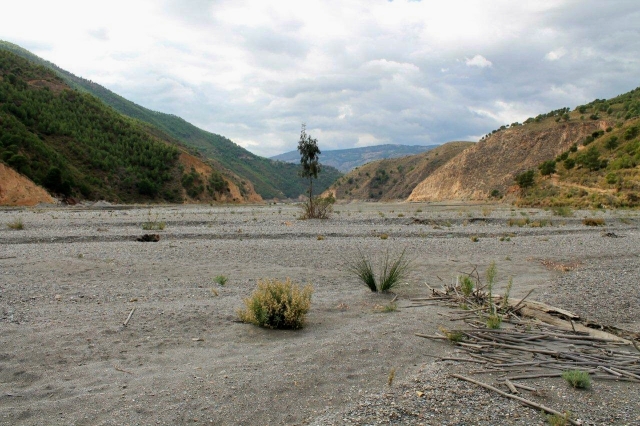 So now I???m walking on pinnel along the Rio Guadalfeo. The Spanish probably have a much more romantic term for fine boulder clay. When I discover what it is I shall post a 1,000-word article on the delights of alluvial detritus and its importance to language and the international community.
So now I???m walking on pinnel along the Rio Guadalfeo. The Spanish probably have a much more romantic term for fine boulder clay. When I discover what it is I shall post a 1,000-word article on the delights of alluvial detritus and its importance to language and the international community.
As well as pinnel, the Rio Guadalfeo also has a varied collection of hippies and alternative types living in the dry barrancos ??? or ravines ??? that act as tributaries in wet weather. I come across a totem pole in a clearing near the river. And I spy a yurt on the hillside. They are big on yurts around here, and big on old lorries, caravans and campervans painted in rainbow colours.
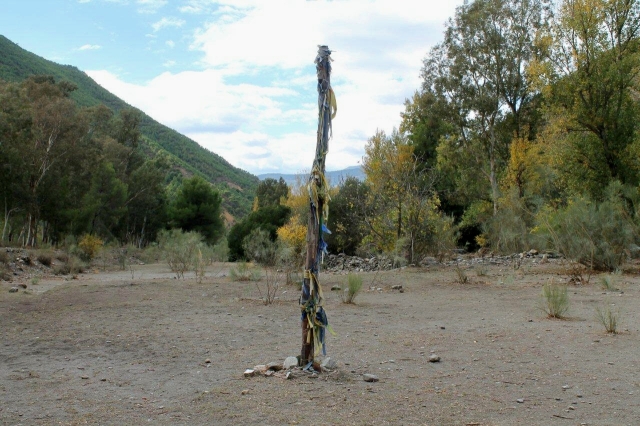

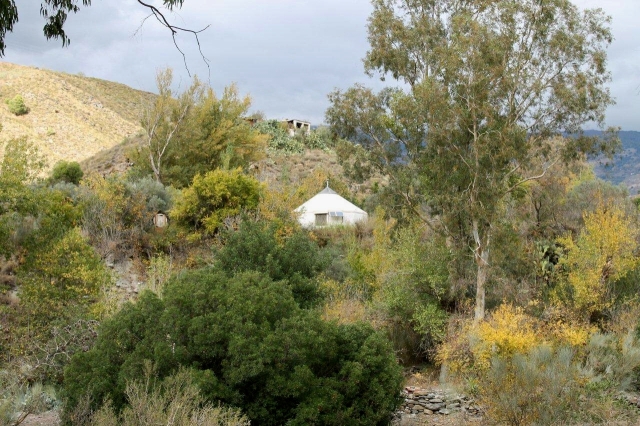 Downriver from the hippy barranco I enter an alluvial plain that has been farmed and subsequently abandoned. An old acequia ??? pronounced athekia ??? that once delivered water to these thirsty fields lies dry and broken.
Downriver from the hippy barranco I enter an alluvial plain that has been farmed and subsequently abandoned. An old acequia ??? pronounced athekia ??? that once delivered water to these thirsty fields lies dry and broken.
Most farmsteads, orchards and fruit groves in this area of Spain are still irrigated by acequias bringing water from the mountains. They are thought to have been introduced by the Romans, or possibly the Moors.
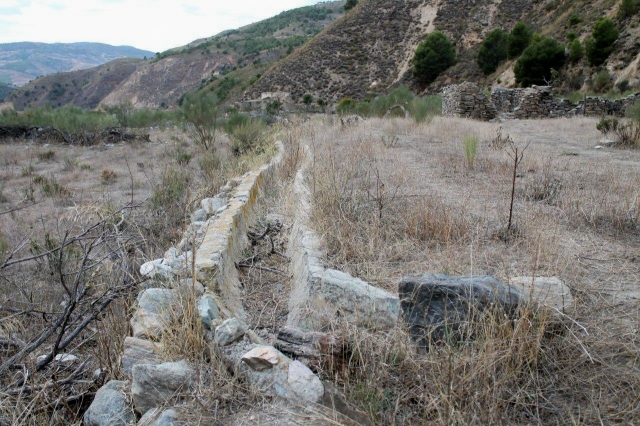 Burst pomegranates hang from branches, their overripe flesh providing food and drink for wasps. I find an orange tree with miniature fruit. They have a name I cannot remember. But I can tell you they make the most deliciously tangy marmalade in the world. And at the end of the abandoned farmland is a ruined homestead.
Burst pomegranates hang from branches, their overripe flesh providing food and drink for wasps. I find an orange tree with miniature fruit. They have a name I cannot remember. But I can tell you they make the most deliciously tangy marmalade in the world. And at the end of the abandoned farmland is a ruined homestead.



 There was a stable here, and a huddle of crude rooms built into the riverbank. Conditions would have been less than basic, but in common with many of the ruined homesteads and villages in upland Spain it was inhabited until recent times ??? certainly post Civil War and probably until the 1950s or 60s.
There was a stable here, and a huddle of crude rooms built into the riverbank. Conditions would have been less than basic, but in common with many of the ruined homesteads and villages in upland Spain it was inhabited until recent times ??? certainly post Civil War and probably until the 1950s or 60s.

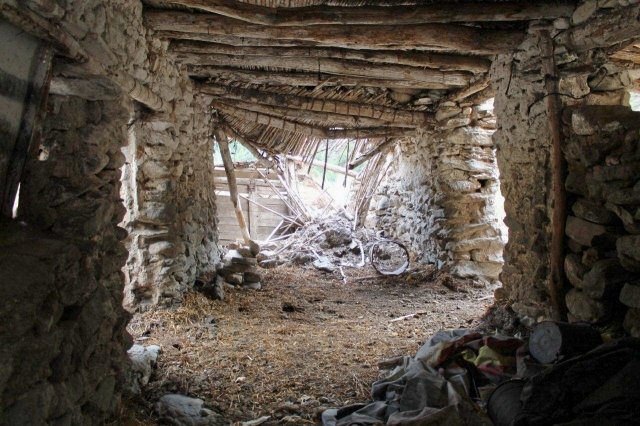
 Something the occupants did not posses was an electricity supply ??? but the remains of an old Amstrad word-processor lie scattered around the ruins. Wonder what Lord Sugar would make of this.
Something the occupants did not posses was an electricity supply ??? but the remains of an old Amstrad word-processor lie scattered around the ruins. Wonder what Lord Sugar would make of this.
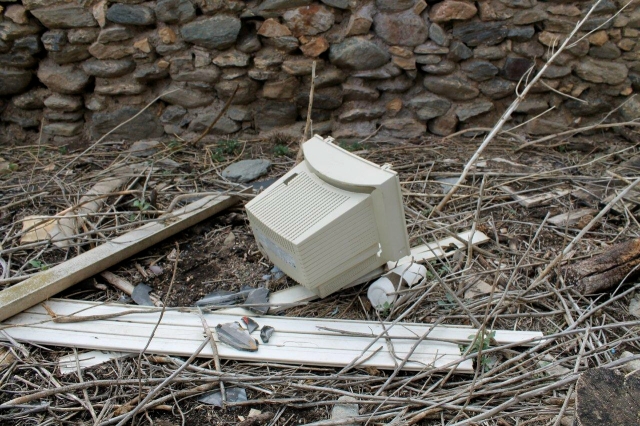
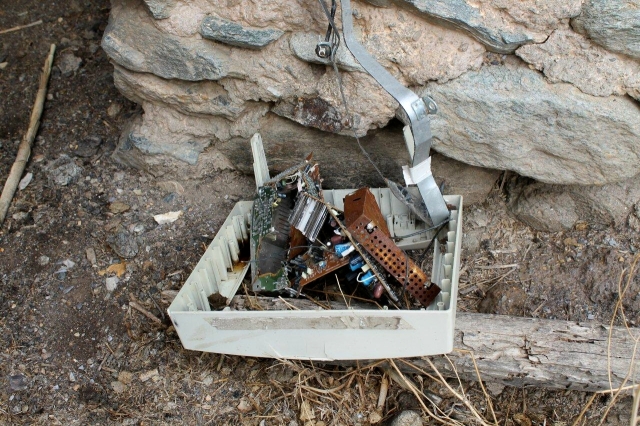 Beyond the farmstead the river valley opens out into a barren plain of mountain debris scored by channels of fast-flowing water. Here the Rio Guadalfeo flows into a massive reservoir before ending its life in the Mediterranean a few miles to the south.
Beyond the farmstead the river valley opens out into a barren plain of mountain debris scored by channels of fast-flowing water. Here the Rio Guadalfeo flows into a massive reservoir before ending its life in the Mediterranean a few miles to the south.


 I follow a path that winds up a narrow barranco and zigzags across the hills. But the afternoon is wearing on and without a map I have no idea where the path is taking me, so I turn about and retrace my steps.
I follow a path that winds up a narrow barranco and zigzags across the hills. But the afternoon is wearing on and without a map I have no idea where the path is taking me, so I turn about and retrace my steps.

 I like rivers. They don???t give a damn but demand respect. If they come up against an obstacle they flow around it or wear it away. They carve a path through hills. They alter their course. They are gentle one moment then evil black torrents the next. And like the Guadalfeo, they pound mountains into fragments, stones and dust. And pinnel.
I like rivers. They don???t give a damn but demand respect. If they come up against an obstacle they flow around it or wear it away. They carve a path through hills. They alter their course. They are gentle one moment then evil black torrents the next. And like the Guadalfeo, they pound mountains into fragments, stones and dust. And pinnel.















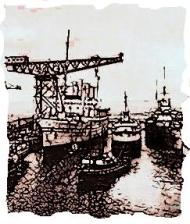
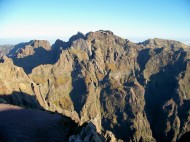
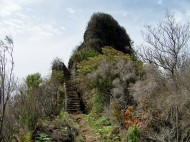
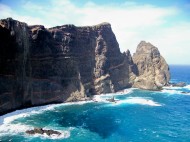




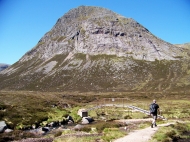


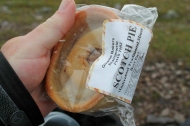
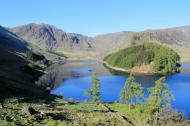


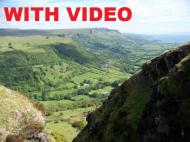
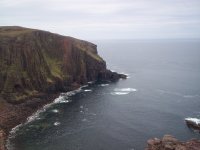
Alen, love that kind of exploring. Didn’t use the word pinnel in Tebay mind you. Is that the area where Chris Stewart lives ? I remember when I was there trying to figure out where it was but on a first visit it took me a while to get my bearings.
They’re a strange breed in Tebay, Greg. Must be something in the water.
Yes, Chris Stewart lives a couple of miles further up the river from Orgiva. I’ve not walked upstream but I will sometime in the future. If I ever get back there, that is.
Cheers, Alen
Very atmospheric reading while I’m eating breakfast toast. Curious how these leftover landscapes are sad and beautiful at the same time. Do you know why the farmsteads have been abandoned – sounds as if there are many?
(and also thank you for a new word :) )
Hi Mrs P. After the Civil War, 1936-39, there was great unrest throughout Spain, and in the mountainous parts guerilla warfare up until the 1950s. Lots of people were displaced. Also, as housing and services improved in the towns during the 60s and 70s, many rural places were simply abandoned as people sought a better life. A few miles downriver from this place, perched on a hilltop, there are a couple of rather grand haciendas that have been simply left to fall apart. It’s a bit sad really.
Cheers, Alen
It’s an interesting trip, Alen. I always think it’s interesting to follow a stream, with or without water. I know that one must act with care if the riverbed suddenly gets filled up by bad weather further up the bed.
Keep your eyes on the road! It is filled with the finest detritus alluvial you can imagine :-) It would help, right?
All the best,
Hanna
Hej Hanna. Sound advice that. I shall keep at least one eye on the road in future. But I’m always getting shouted at for looking at the scenery when I’m driving rather than where I am going. I’m very easily distracted.
Cheers, Alen
Hadn’t heard of pinnel before! Glad to see there’s still some hippies left somewhere :-)
Carol.
Carol, if you are a hippy inside, then this is the place to be. There are hundreds of them in little colonies all over the place, and they are from every nation under the sun. The lifestyle rather appeals to me, but I’d need a yurt with a shower and a regular supply of beer.
Cheers, Alen
“Under the sun” is particularly apt for there! ;-) I’m not bothered about the beer – might be an idea for my retirement :-)
Carol.
Not bothered about beer? Blimey.
I had to give up drinking at 15 – I’d been drunk for a year!
So you haven’t had a drink for about ten years. Blimey.
About 10 years? I wish! I even did a whole Army career without a drink – not sure you could do that nowadays with the places you get sent to…
Carol.
Interesting post and a wonderful area Alen. It is good to see those yurts. I have been revisiting the idea of setting up a base abroad and one of my daft ideas was to live in a yurt while building something similar to these.
http://www.dailymail.co.uk/news/article-2513154/Farmer-builds-house-just-150-using-materials-skips–current-tenant-pays-rent-MILK.html
http://homeli.co.uk/hivehaus-hexagonal-modular-living-spaces-by-barry-jackson/
Possibly nothing more than a pipe dream, but then again I do seem to have a bit of a hippy gene so who knows.
David
Hi David. That cob cottage is out of this world. Who needs electricity in a place like that? That’s the direction we should be going in. Not so sure it would stand up to the weather in Teesdale, though, so you’ll have to head abroad. Once you’ve got the roof on, drop me a line and I’ll help you with the painting.
Cheers, Alen
Hi Alen, I read this and the previous post a bit late, but enjoyed them. It’s weird to see your falling snow on such dry and dusty scenes! Love the orange beetles and the acequias. It must be a bit warmer for yurt-living in those climes (not many yurters in our neck of the woods!)
Hiya Jo. I would think yurt-living in Scotland would have its drawbacks. Not so much the cold, rather the continuous damp ??? not to mention the midgies.
The snow comes by itself once a year and disappears magically soon after Christmas. I’d like to think it was some kind of spiritual intervention, but someone at WordPress presses a button and it falls automatically. Sort of sums up Christmas if you want to be cynical.
Cheers, Alen
I find the subject of alluvial detritus is very good for opening conversations with strangers. The house built into the riverbank looks like it could have been a des-res at one time. Reading the description it reminded me of the troglodyte houses in the Loire Valley in France. (Think it was the Loire Valley.) I suppose if you have to abandon your house quickly no one would waste time packing an Amstrad.
Ha ha. I like the Amstrad line. I had one once, a PC 9512 word-processor, in the days when they were revolutionary. There are some troglodyte houses to the north of the Sierra Nevada at a place called Guadix, and still very much inhabited. And I recall seeing some in France many years ago though I can’t remember where. I’ve always wanted to use the subject of alluvial detritus as a chat-up line but the perfect opportunity has never arisen. It might be too late now.
Cheers, Alen